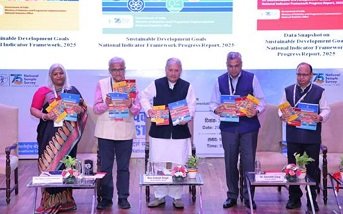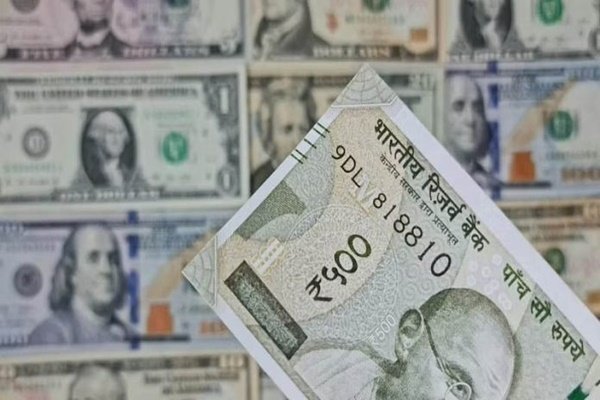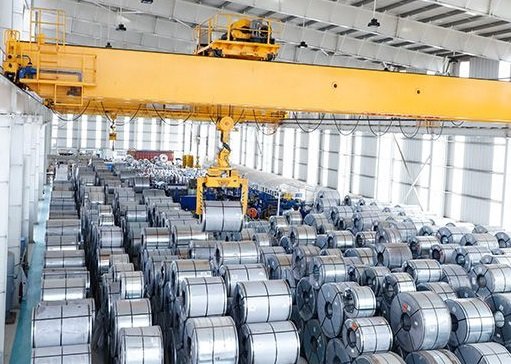Last Updated on June 29, 2025 9:40 am by BIZNAMA NEWS
A R DAS
On the 19th Statistics Day, the Ministry of Statistics and Programme Implementation (MoSPI) unveiled three important publications highlighting India’s progress towards achieving the Sustainable Development Goals (SDGs). These include the SDG–National Indicator Framework (NIF) Progress Report 2025, a data snapshot, and the NIF 2025 itself — providing a detailed picture of India’s development trajectory under the global 2030 Agenda.
Prepared in collaboration with relevant central ministries, United Nations agencies, and policy experts, the SDG–NIF acts as India’s primary system to measure its performance on 17 global goals and their numerous targets. Each year, MoSPI releases these documents on June 29 to mark the birth anniversary of Prof. Prasanta Chandra Mahalanobis, widely regarded as the father of Indian statistics.
The 2025 Progress Report reveals encouraging trends across critical sectors. One of the standout achievements is in social protection, where coverage under various schemes has increased to 64.3% of the population — a significant jump from just 22% in 2016. Similarly, agricultural productivity has seen a marked improvement, with Gross Value Added per worker rising from ₹61,247 in 2015–16 to ₹94,110 in 2024–25.
Access to basic amenities has expanded dramatically. In rural areas, improved drinking water access has now reached 99.62% of households. On the energy front, renewable energy now accounts for 22.13% of the nation’s total electricity generation, demonstrating a decisive shift toward clean power.
India’s efforts in waste management have also intensified. The number of recycling facilities has grown from 829 in 2019–20 to over 3,000 in 2024–25, reflecting stronger environmental practices and urban infrastructure development. The start-up ecosystem is booming too — the number of recognised start-ups under the Start-up India initiative has increased from 453 in 2016 to over 34,000 in 2024, pointing to a dynamic and innovation-driven economy.
The report further showcases gains in digital connectivity, environmental sustainability, and income equality. The number of internet subscriptions has more than tripled in less than a decade, growing from 302 million in 2015 to 954 million in 2024. Forest cover has increased slightly to 21.76% of India’s total land area. Most notably, the emissions intensity of GDP has declined by 36% compared to 2005, marking progress in India’s transition to a low-carbon economy.
There is also improvement in income distribution. The Gini coefficient, which measures income inequality, has fallen in both urban and rural settings — suggesting narrowing income gaps across different socio-economic segments.
These publications, now available on the MoSPI website, are key tools for policymakers, researchers, and civil society to track India’s ongoing journey toward inclusive, equitable, and sustainable development.




